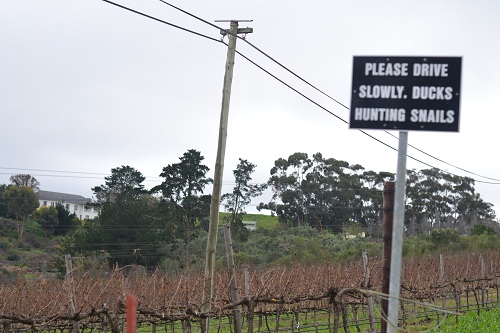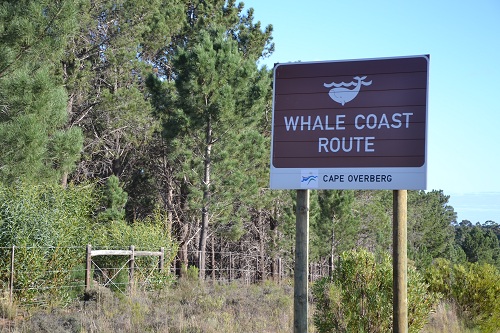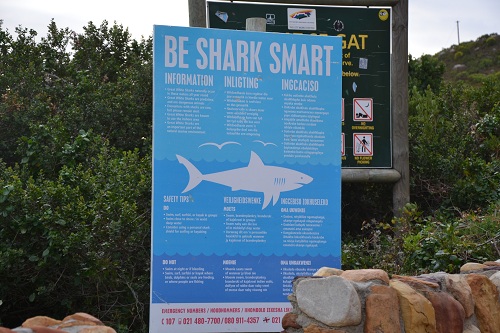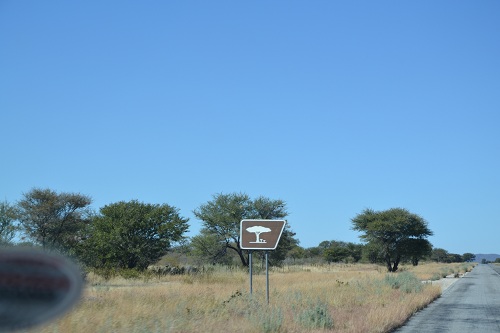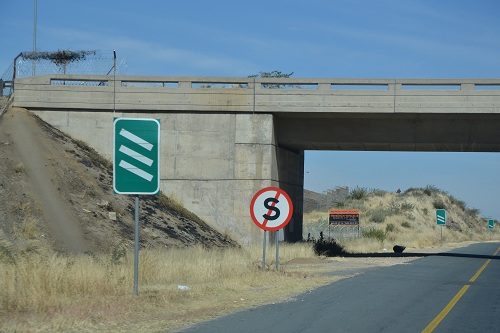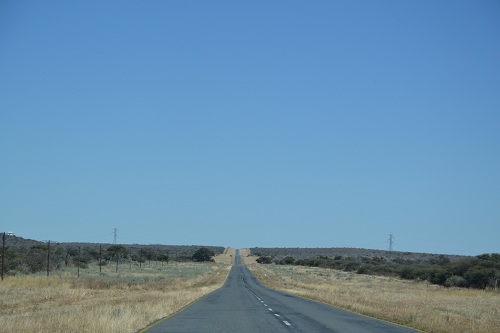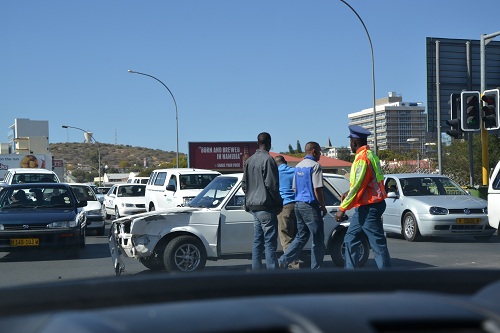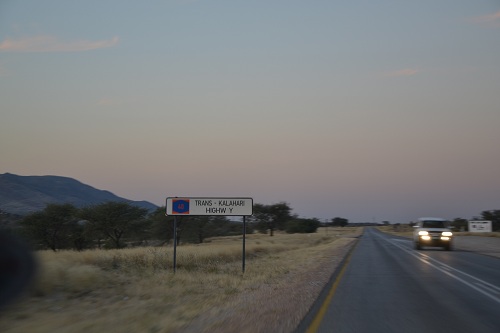We found ourselves defending Capetonians today. We were in Cederberg, an area three hours north of Cape Town known for its thousands year old bushmen rock art. While there, our guide said that she was happy she moved from Cape Town to this secluded area because she found Capetonians rude and always in a hurry. We were in vehement disagreement. We’re not just comparing Capetonian politeness to New York, we’re talking about politeness on a global scale. Capetonians are genuinely friendly and polite people.
We have dozens of examples of Capetonian friendliness, but let’s concentrate on the ones that involve cars. We’ll start with Capetonian driving manners. Once on highway road, drivers will move to the side to let speedier cars pass. The passing car will then flash its hazard lights in gratitude. Night driving around the city outskirts can be dark but every car we have passed turns off its high beams well in advance of our approach. A car horn is a surprise, even in the middle of the city.
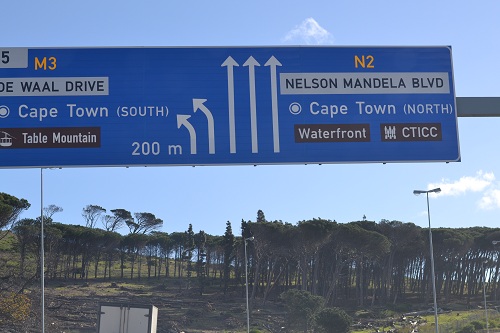
A few days ago, a lady knocked on our door and asked for help to push her broken down car. We happily obliged (Sandeep with a little extra enthusiasm since he was about to get a work out) and moved her car off the road. The task took no more than a few minutes but, two days later, she came back to hand deliver a box of chocolates and a heartfelt thank you.
Not only are Capetonians friendly behind the wheel, they are as amiable when selling cars. We are in the market for cars so decided to visit two dealerships in the city. We let each one know that we would be buying our car in the U.S. but were interested in looking at the models. Any car dealer in the U.S. may have dismissed us. However, in Cape Town, the salesmen when out of their way not only to answer all our car questions but to give us lots of advice on what to do in their city. One had even taken a year off to travel in North America, so we instantly traded travel experiences.
Even the taxi drivers extend friendship. The norm here is to call a taxi company to arrange a pick-up. One particular driver now brings cookies when he knows he is about to collect Ava and Kayan from playschool. On the way home he entertains them with riddles.
The bottom line? Capetonians are friendly. Moreover, we’ve never been hurried through a conversation in Cape Town. We’re willing to bet that behind every burglar bar there is a friendly soul waiting to extend a Cape Town welcome.
